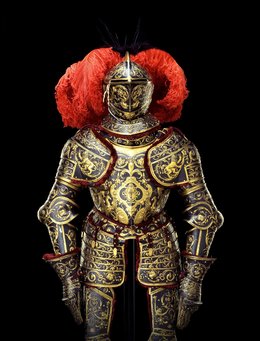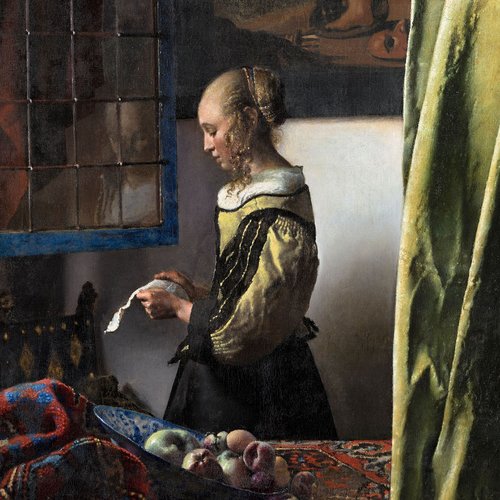[Translate to English:] text
Timm Rautert worked on “Bildanalytische Photographie” in the period of 1968 and 1974, a time of radical discourse about the role of art in society. He was then a student of Otto Steinert at the Folkwang Art School in Essen, gaining his degree in 1971. During his studies and in the following years Timm Rautert travelled to the United States of America several times, where he was in contact with Andy Warhol’s Factory and worked with conceptual artist such as Franz Erhard Walther, Walter De Maria und James Turrell. Influenced by concept art he dedicated his photographic work to questions related to the conditions of the medium, of the photographer’s identity as an author and of the role of the viewer - all topics, which had and still have a certain urgency considering photography as a technical means to picture the world, claiming reality and truth in representation.

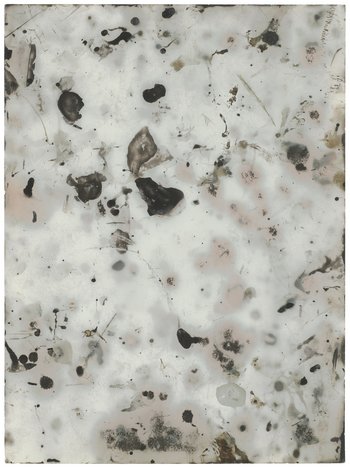
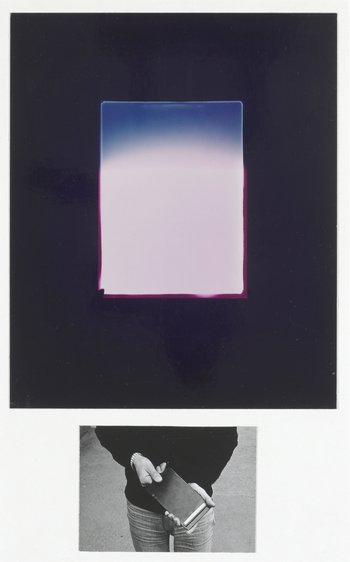
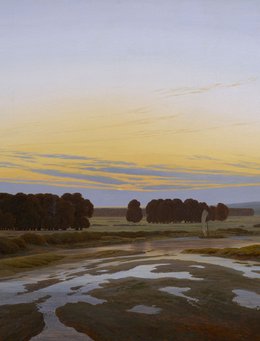
![[Translate to English:] Kunstgewerbemuseum gelber Kasten mit vier Füßen](/fileadmin/_processed_/2/5/csm_kg-dauerausstellung-ausstellungsteaser-portal_9f9692154c.jpg)
